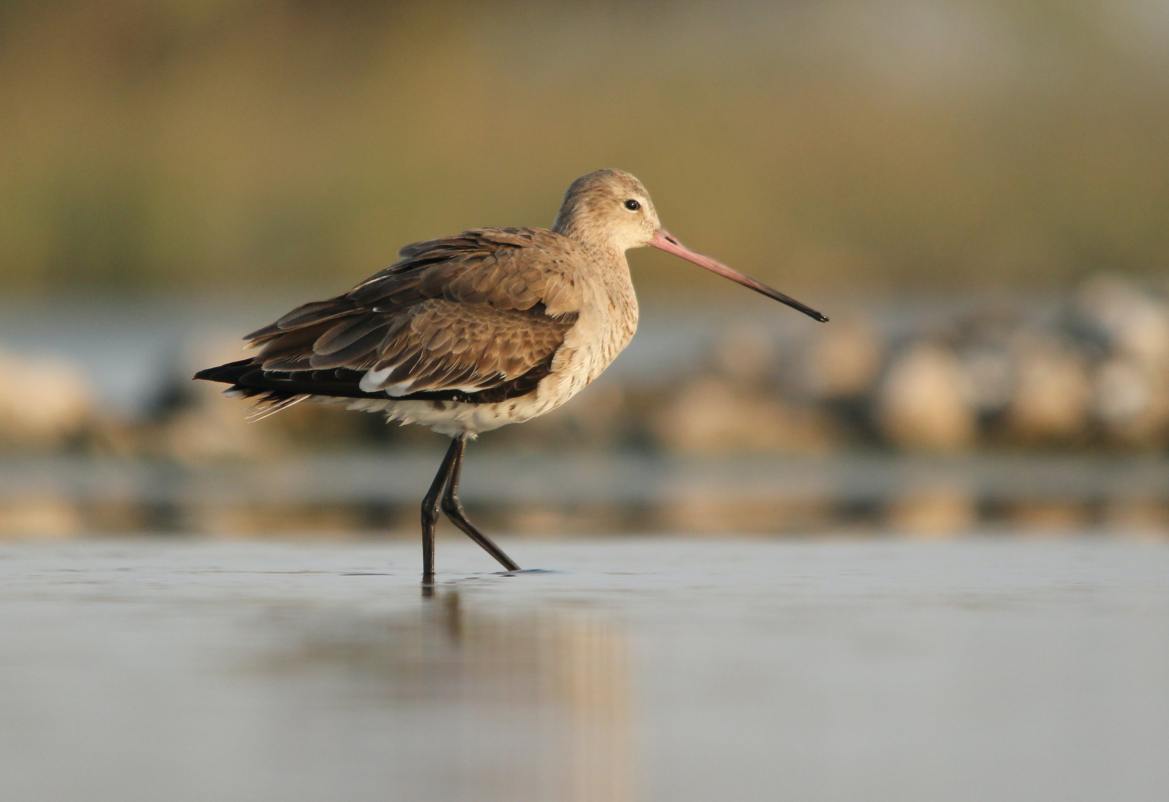
Black-tailed godwits are giant, migratory wading birds that breed in wetland landscapes all by way of Europe, Siberia and Australia, the Indian Subcontinent, West Africa and elements of Western Europe.
They’re categorised as close to threatened on the IUCN Pink Pointers, and their breeding success has been hampered contained in the UK by the draining of wetland habitat, for use as a substitute for agriculture.
The UK’s first Black-Tailed Godwit headstarting enterprise
As of late, I used to be invited to view the UK’s first headstarting enterprise for black-tailed godwits, on account of it reaches the tip of its 5-year trial (prolonged over 6 years, because of the pandemic).
Having achieved at Welney Wetland Centre merely yesterday, the enterprise — a partnership between The Wildfowl & Wetlands Notion (WWT) and The Royal Society for the Safety of Birds (RSPB) — was the primary of it’s choice, and has quadrupled the breeding success of all the UK inhabitants of black-tailed godwits.
Headstarting relies upon spherical amassing the eggs from pure nests (on this case, solely the primary clutch of eggs from a breeding pair); artificially elevating the youthful and releasing them as soon as extra into the wild.
This give the chicks the right probability of reaching maturity by defending them from environmental threats, sabotage by people, and the hazard of encountering predators.
Downside Godwit began in 2017, when all the UK inhabitants consisted of merely 45 breeding pairs — 38 of which had been contained in the Fens, breeding at merely two internet sites: the Nene Washes and the Ouse Washes.
Recognising the world as having such excessive significance, a partnership was long-established by Pure England between WWT and RSPB, with funding from the EU LIFE Nature Programme and assist from many others, to begin out this headstarting enterprise.
The historic earlier of Black-Tailed Godwits contained in the Fens
The muddy wetlands of the Fens have frequently been a vital place for godwits; if truth be told, an Earlier East Anglian set up for the species was ‘Cambridgeshire Plumber’, used all by the 1800s.
Though that they’d been as rapidly as widespread inside the world, populations declined over time, on account of the wetlands themselves had been misplaced.
Native populations had been discovered to be extinct by the nineteenth century.
Contained in the Fifties nonetheless, godwits returned after discovering the Ouse Washes. Twenty years later, 65 pairs had been breeding.
Over time, elevated flooding contained in the spring and summer season season made it strong for godwits — and completely completely different waders — to nest on the positioning, and the inhabitants started to say no as rapidly as further.
In response, moist grassland habitat was created to provide nesting house for the birds, nonetheless the godwit inhabitants had flip into critically small, at merely 3 breeding pairs on the Ouse Washes. To make factors worse, just one chick survived that yr.
Headstarting for future fledglings
A plan was launched to assist the godwit inhabitants all through the Ouse Washes get greater and use the newly created moist grasslands.
Starting in 2017, the headstarting enterprise concerned amassing breeding pairs’ first clutch of eggs (sometimes 4 to five eggs per clutch) from Pure England licensed areas, and incubating them contained in the cell unit.
Correct proper right here that they’d been watched by workers 24-hours a day, and robotically turned over at frequent intervals.
In some circumstances, the place the grownup birds had been wished to be caught to retrieve data tags, eggs collected from the nest internet sites had been modified with dummy eggs.
As rapidly because the data tag had been retrieved, the eggs had been eradicated in order that the birds didn’t proceed to sit down down on false eggs for a protracted timeframe.
The breeding pairs’ second clutch of the yr was then left to be naturally hatched and parent-reared.
After hatching, the godwit chicks incubated on the WWT website had been moved to a nursery pen in teams of 4, earlier than graduating onto fledgling pens.
Godwits develop terribly rapidly; reaching ‘teenage dimension’ in merely three weeks.
Contained inside the fledgling pens, they learnt important life expertise beneath the safety of {{an electrical}} fence, which saved predators, resembling badgers and foxes, at bay.
It was important that the netting on the fledgling pen was tender enough to cease them from hurting their wings as they practiced shifting about.
The birds spent 4-7 days contained in the fledgling pen, the place their poo was checked for any indications of successfully being elements, and as rapidly as cleared; the youthful godwits had been fitted with their lifelong leg tags (a inexperienced ring with an E on it).
Life contained in the wild for headstarted godwits
This week, the ultimate phrase group of headstarted black-tailed godwits was launched onto the Welney wetlands reserve.
Going ahead, the conservation efforts for these birds will take into account monitoring and recording their life contained in the wild. A few of them have even been fitted with transmitters to assist the accountability.
So far, launched godwits and wild-reared godwits have been recorded in 10 worldwide areas exterior of the UK: France, Germany, Belgium, Netherlands, Austria, Spain, Portugal, Morocco, Senegal and Mauritania.
So far, 50 launched birds have returned to breeding internet sites contained in the UK and loads of completely different others have bred in continental Europe.
Further birds from the Downside Godwit programme are anticipated to return to the UK, after they’ve reached 2 years of age — nonetheless it’s price noting that godwits have a survival value of roughly 50% of their first yr / over their first south and north migrations.
What has Downside Godwit achieved?
I choose to share success tales on this weblog, and the devoted work from the Downside Godwit workforce has actually yielded some good conservation success tales!
In 2021, the UK inhabitants of black-tailed godwits had elevated to 58 pairs with 54 of those (93%) contained in the Fens.
When the enterprise started in 2017, all the UK inhabitants consisted of 45 pairs. Primarily based completely on wild productiveness, these pairs had been predicted to fledge spherical 50 chicks in 5 years.
Downside Godwit has seen 155 headstarted birds reared and launched, alongside spherical 50 wild fledglings that had been naturally parent-reared, which suggests they’ve quadrupled the breeding success of all the UK inhabitants.
108 of the 155 headstarted godtwits have been launched on the Ouse Washes. It might have taken this particular inhabitants (which consisted of merely 3 pairs in 2017) over 90 years to provide that variety of fledglings!
WWT’s modelling confirmed that in a worst case state of affairs, with out the assistance of the headstarting enterprise, the black-tailed godwits on this space had a 50/50 probability of being extinct by 2050.
A future for godwits — and the way in which one can assist!
The success of Downside Godwit, as the primary enterprise of its choice contained in the UK, has confirmed that this conservation methodology works for enhancing small populations of godwits.
It’s a software program program that may very well be utilized all by way of the loads of worldwide areas that the birds could also be discovered; or as rapidly as as quickly as additional contained in the UK if obligatory.
The enterprise as an entire has been worthwhile in boosting inhabitants dimension, and has furthermore helped to hold public consciousness of the birds and their plight, by collaborating native colleges, educating visiting members of most individuals, and securing excessive diploma press security, together with a function on BBC Springwatch.
Nevertheless, regardless of Downside Godwit’s closing end result being excellent news for the inhabitants numbers; it’s not enough for godwits to be thought-about protected. Will probably be the breeding success of those birds contained in the wild that determines their long-term future.
The work at WWT Welney Wetland Centre has helped conservationists to evaluation reasonably extra concerning the factors black-tailed godwits are dealing with contained in the wild, and hopefully we’re going to uncover decisions to those.
The workforce proceed to observe the threats the birds are dealing with, and say conservation work ought to happen all by way of the panorama, to make sure the species’ essential habitat is protected: godwits feed in coastal areas and breed in wetlands.
For godwits to thrive contained in the Fens, we’d like greater, bigger and additional related wetlands the place there’s a steadiness between predators and prey.
Rising the differ of wetland habitats is additional extra prone to require native councils and personal landowners to transform involved, to attach ranges and create habitat corridors.
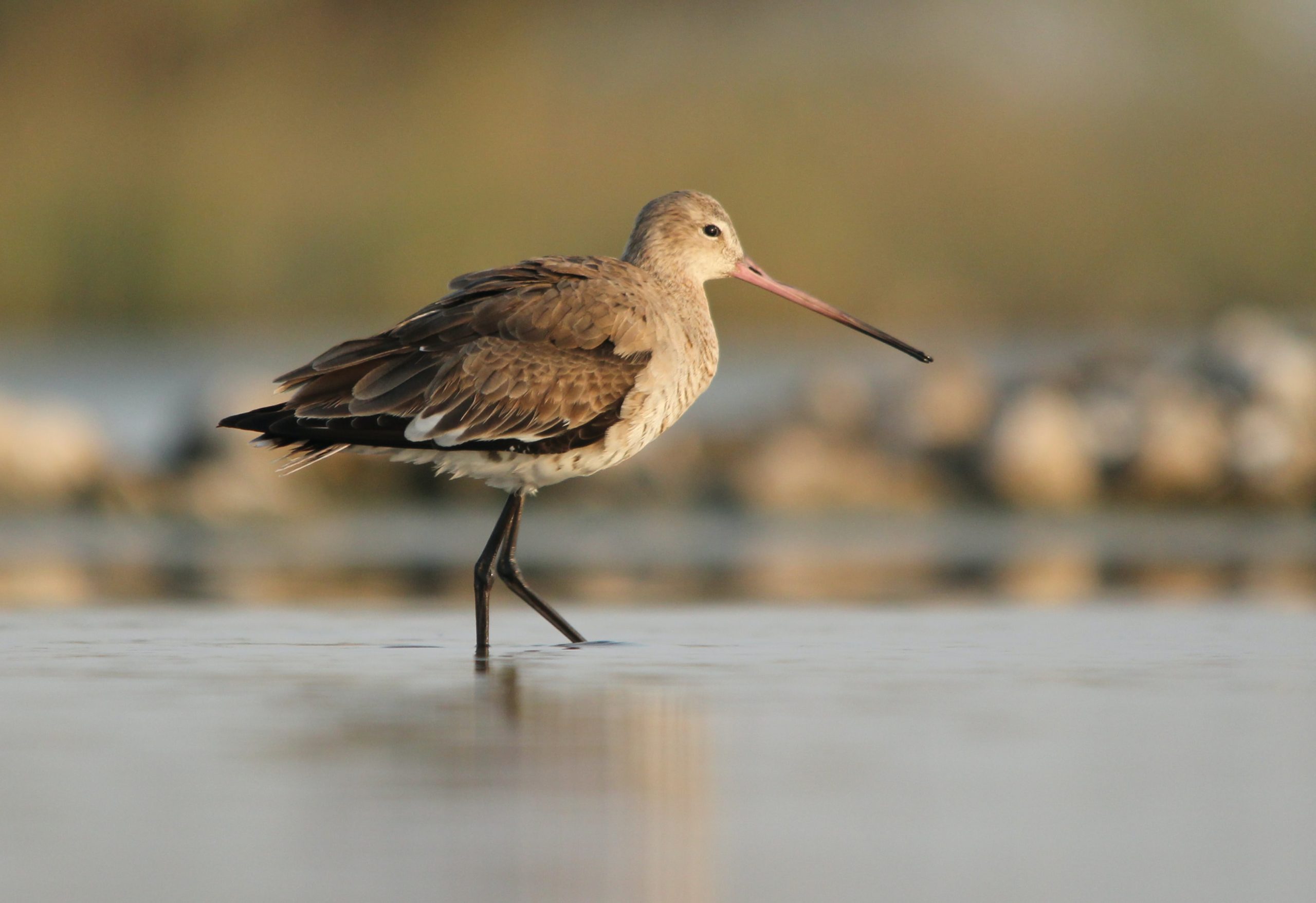
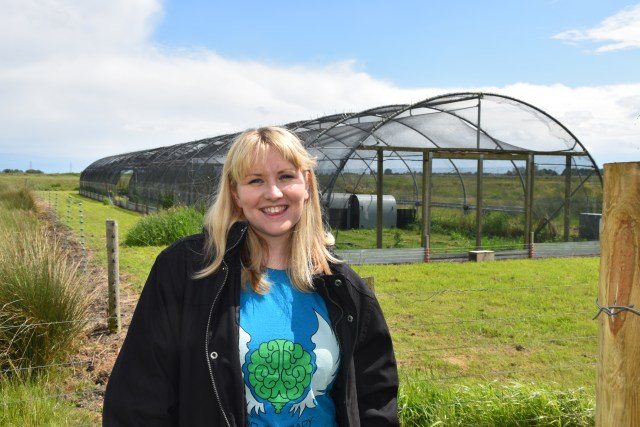
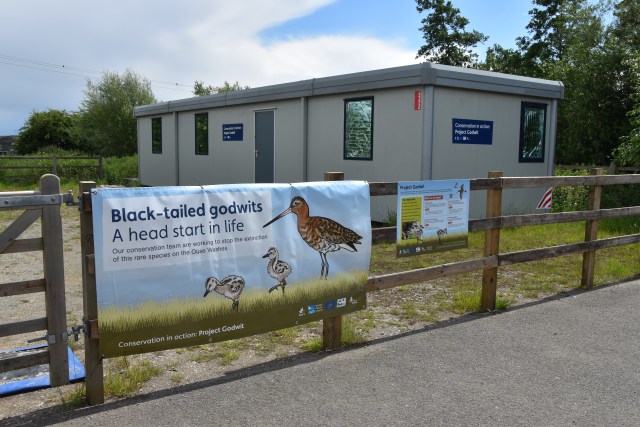
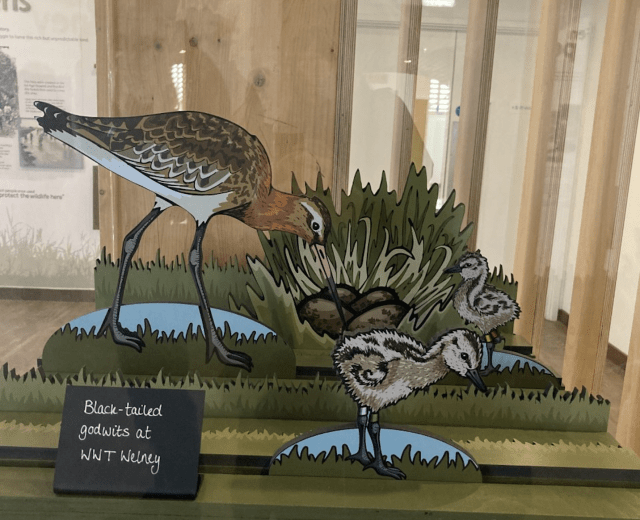
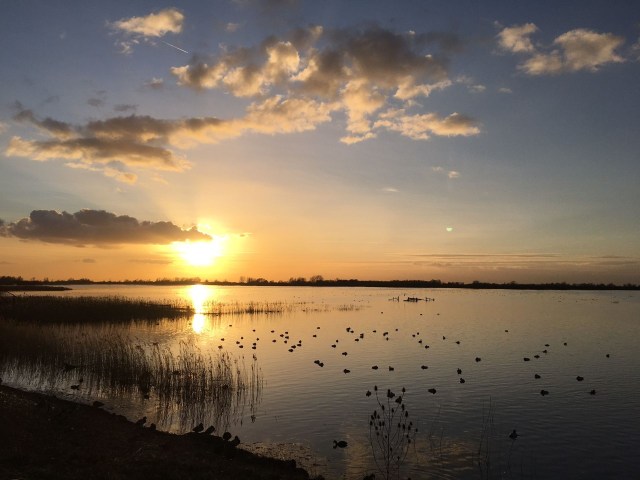
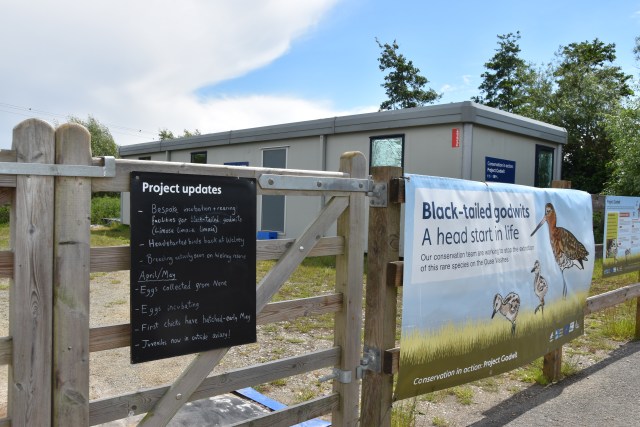
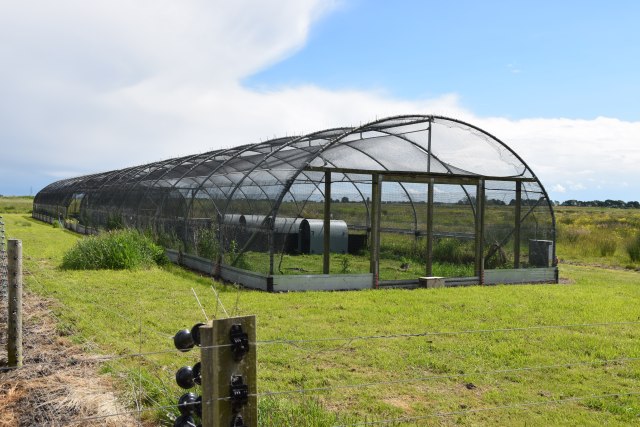

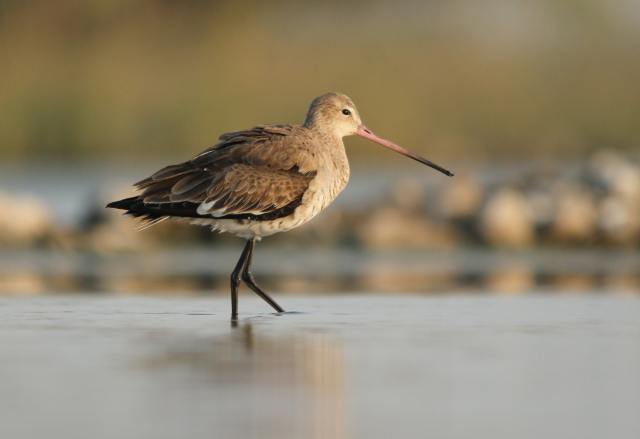
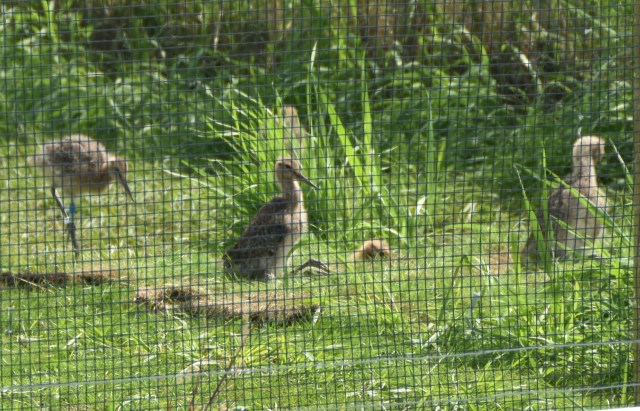
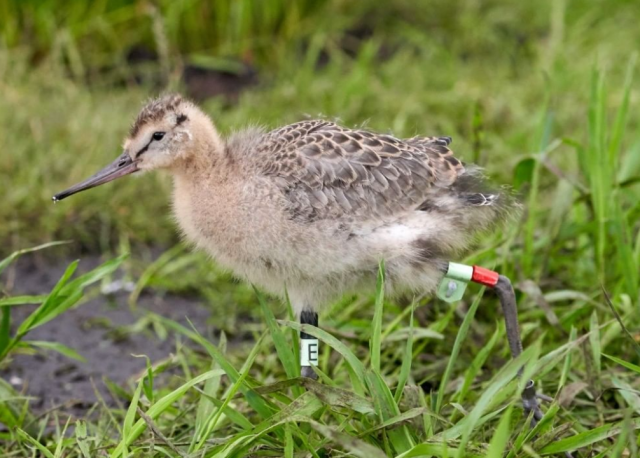
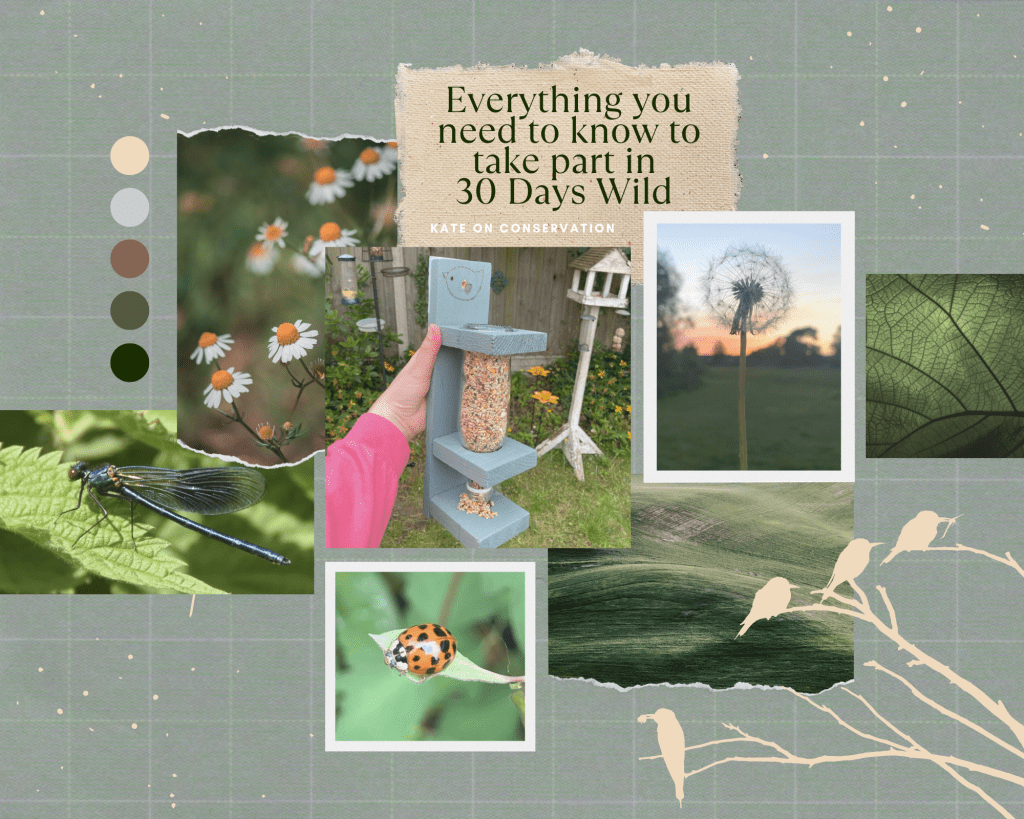
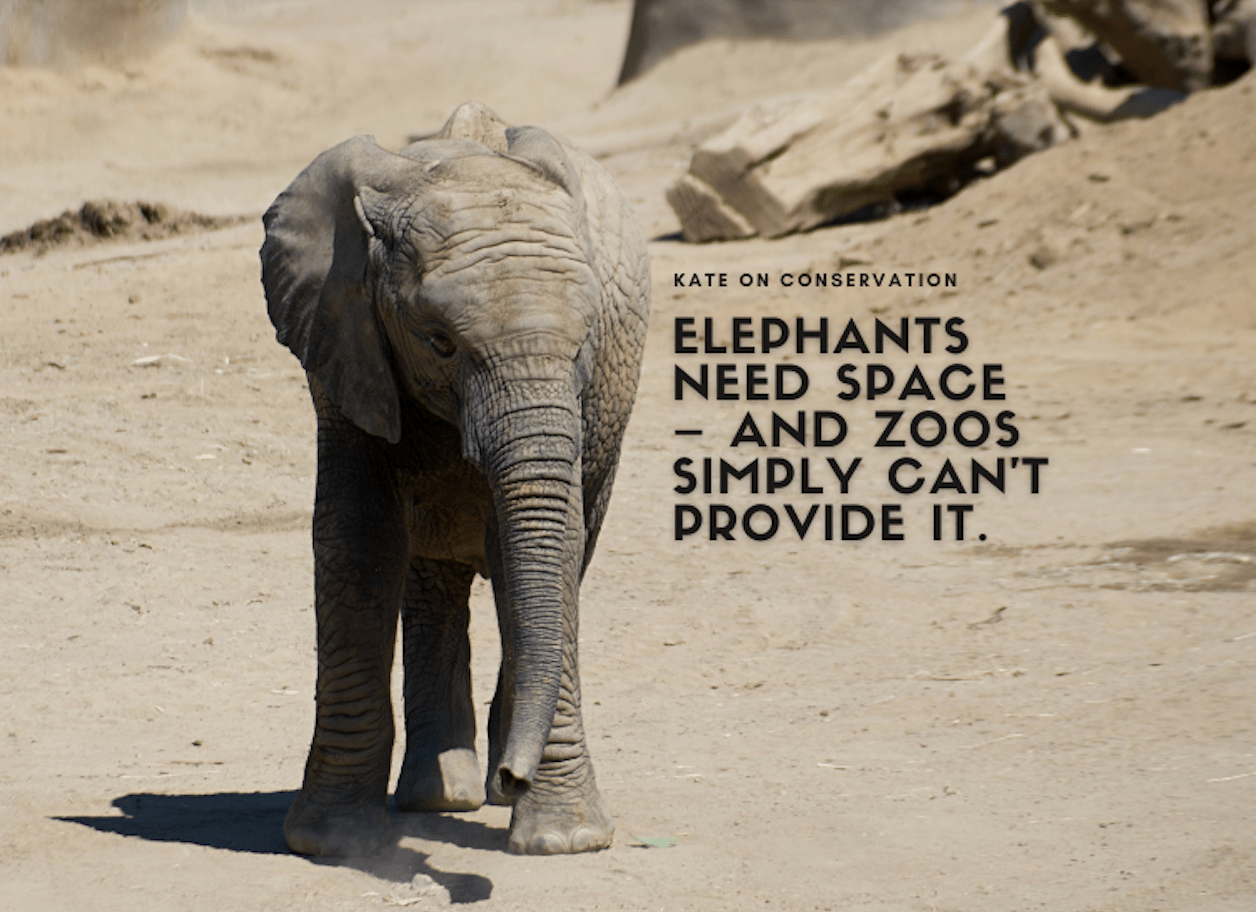
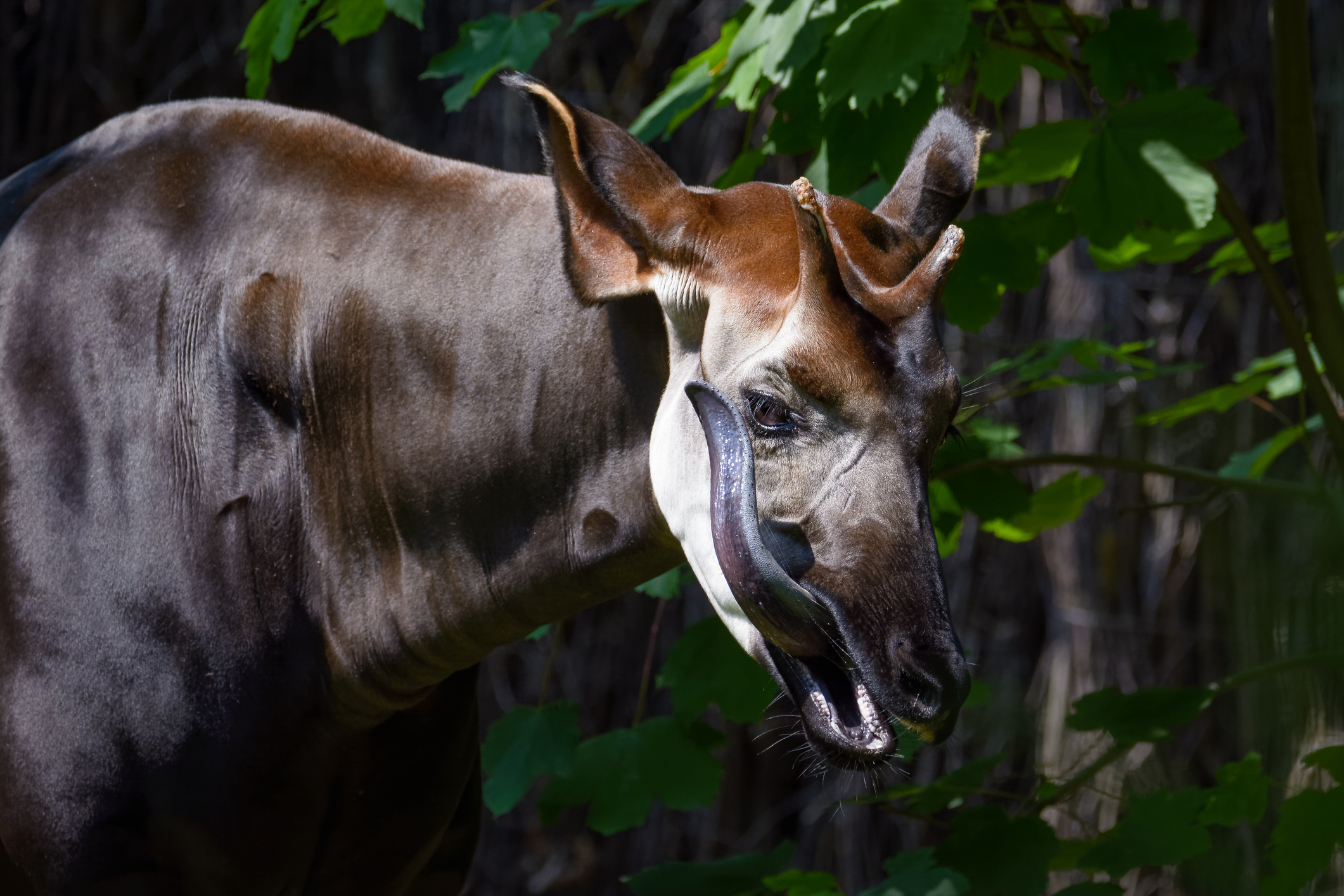
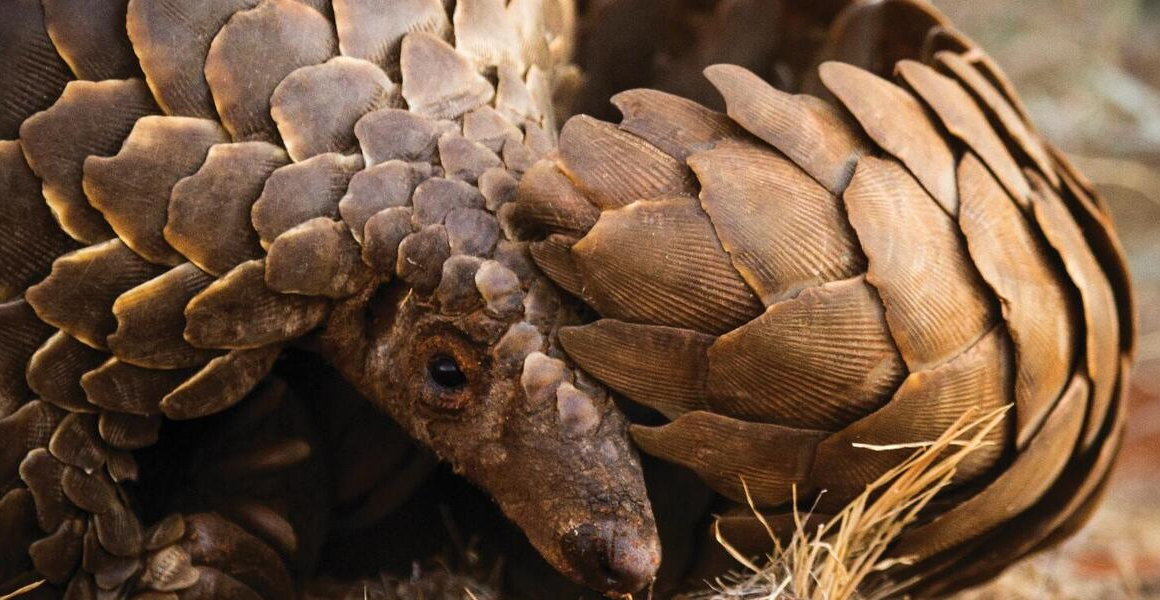
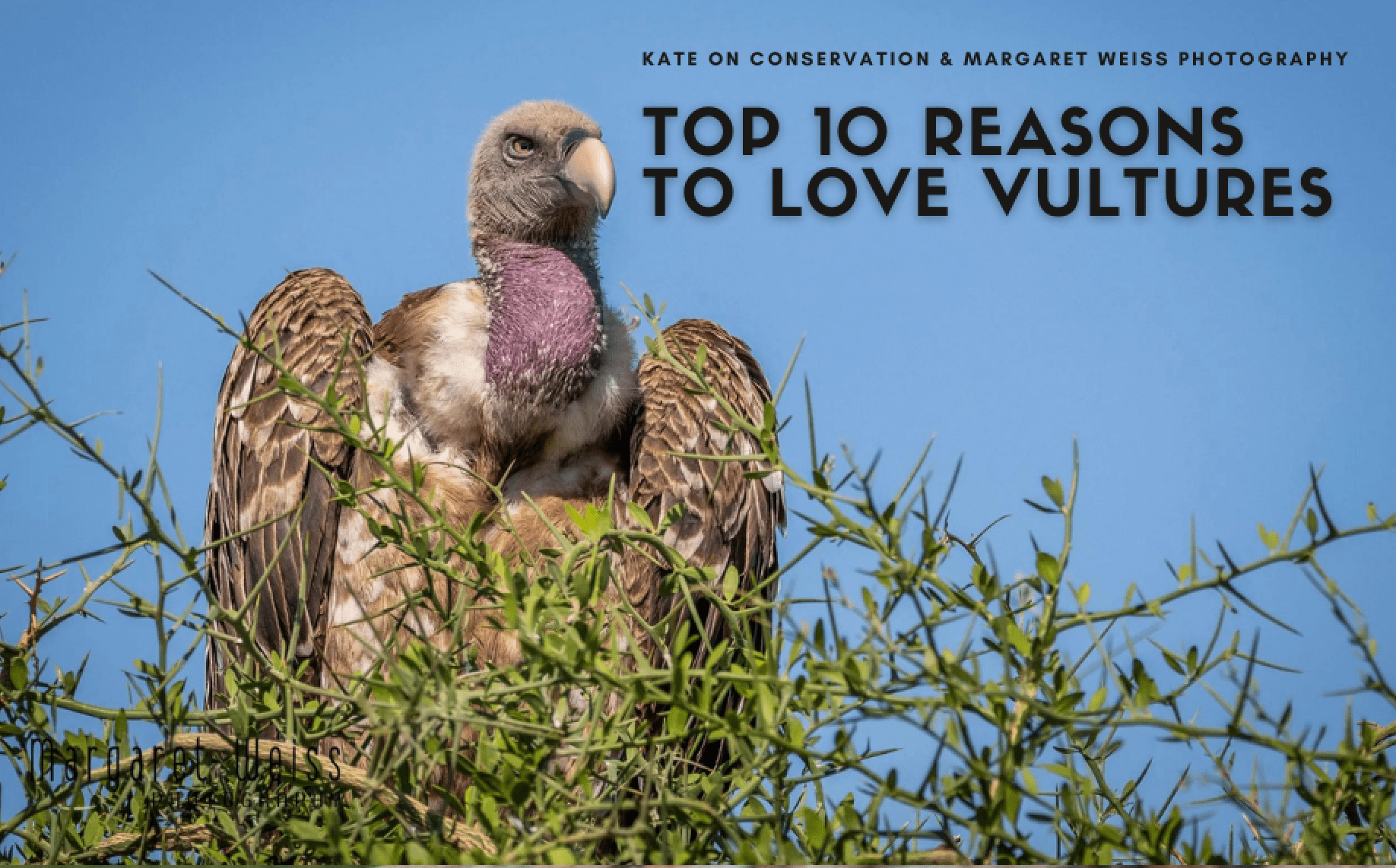
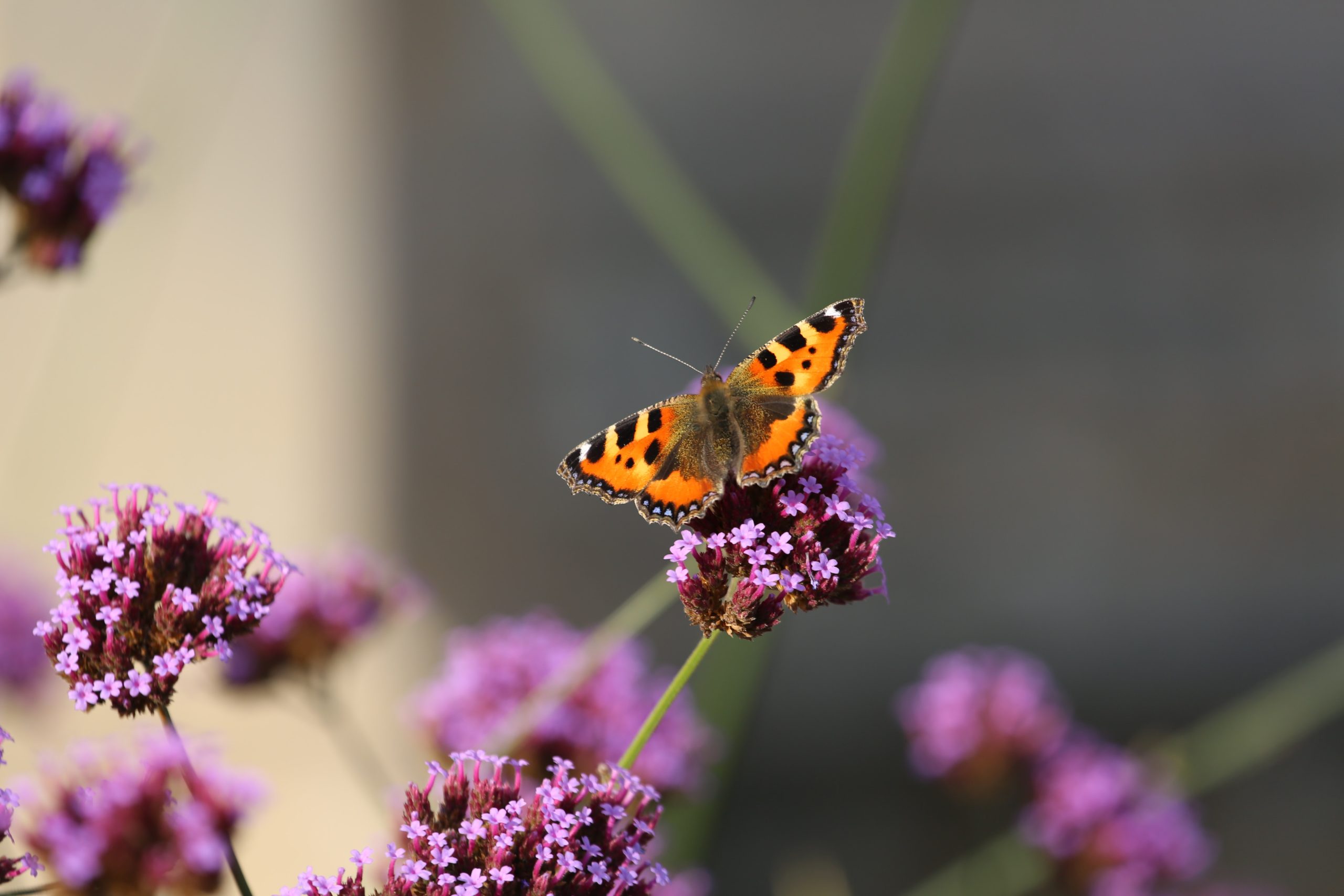
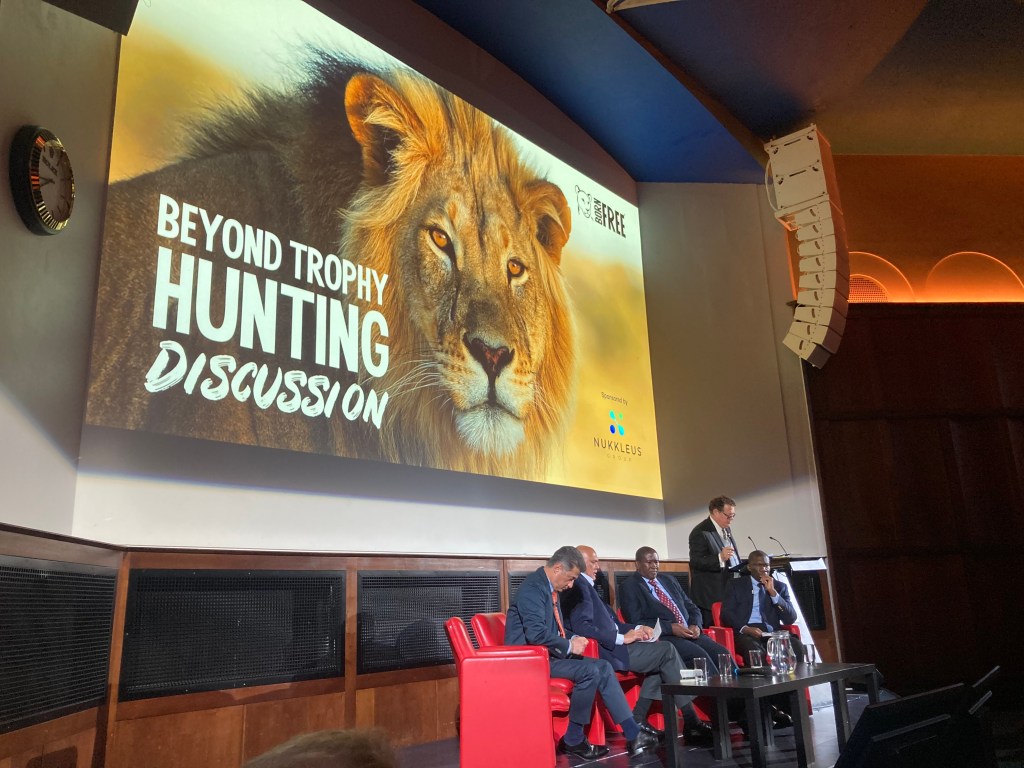
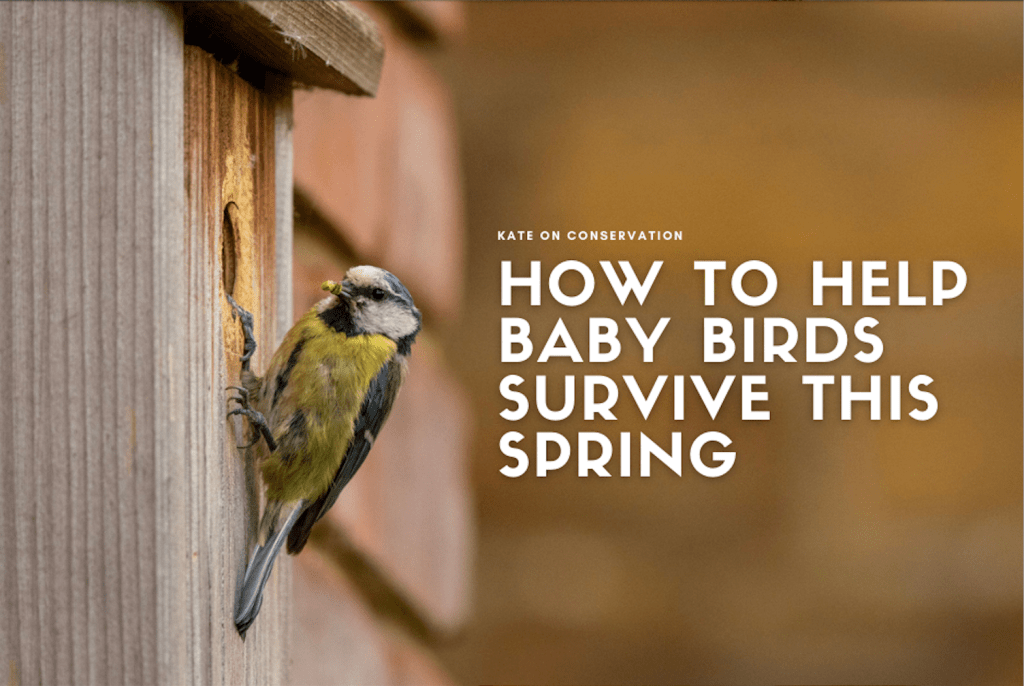
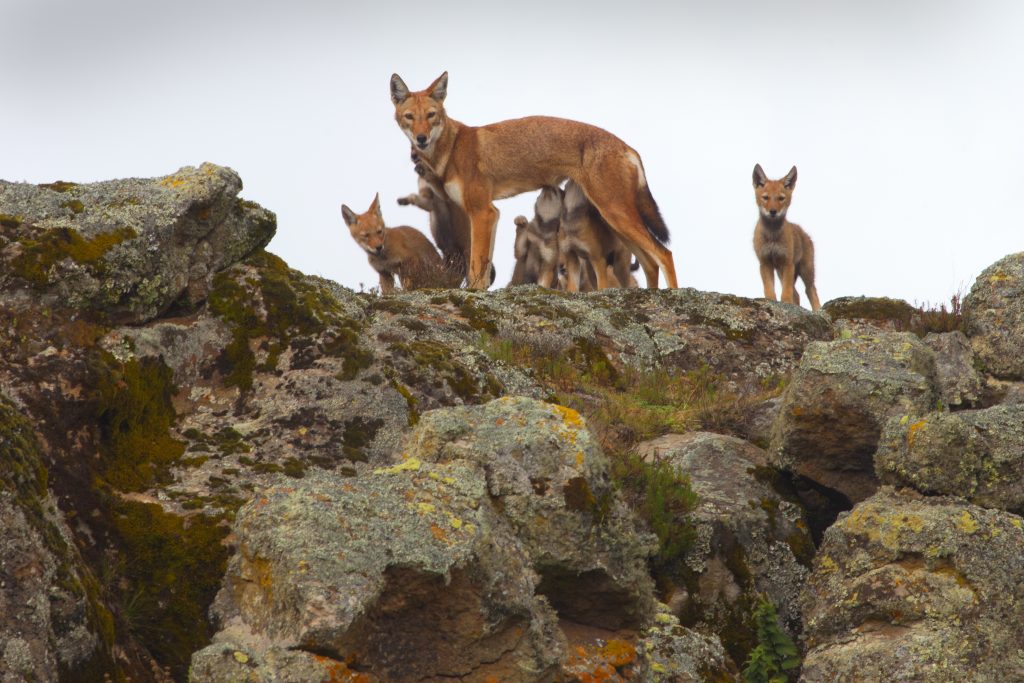
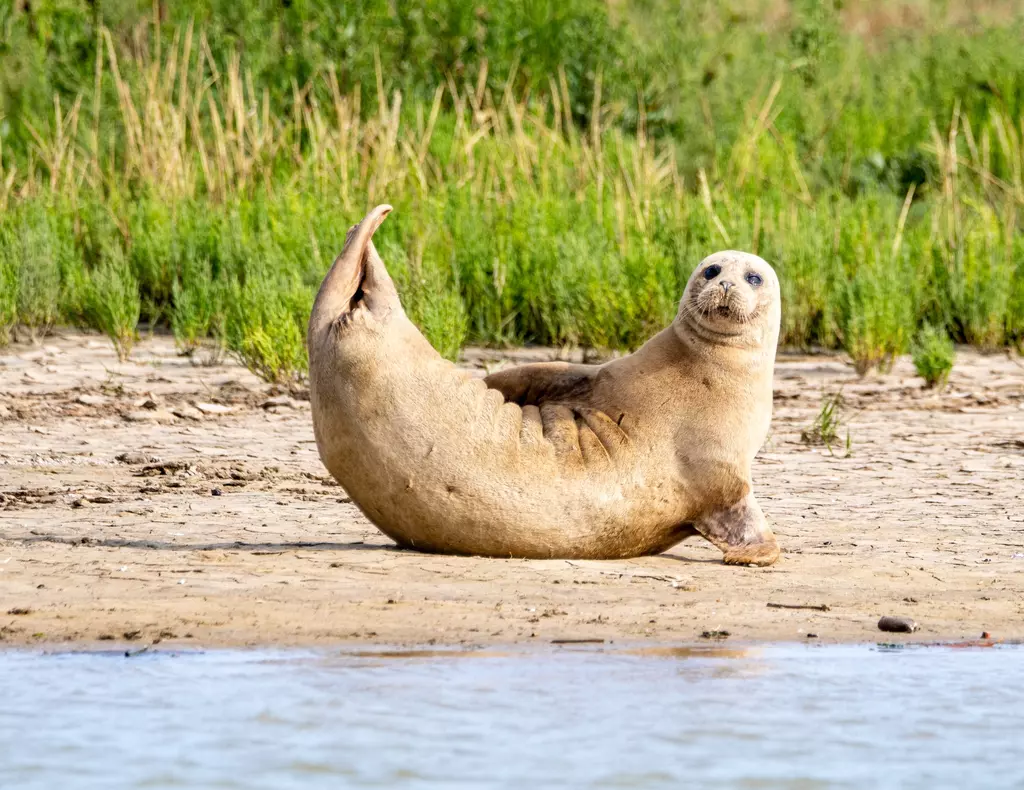
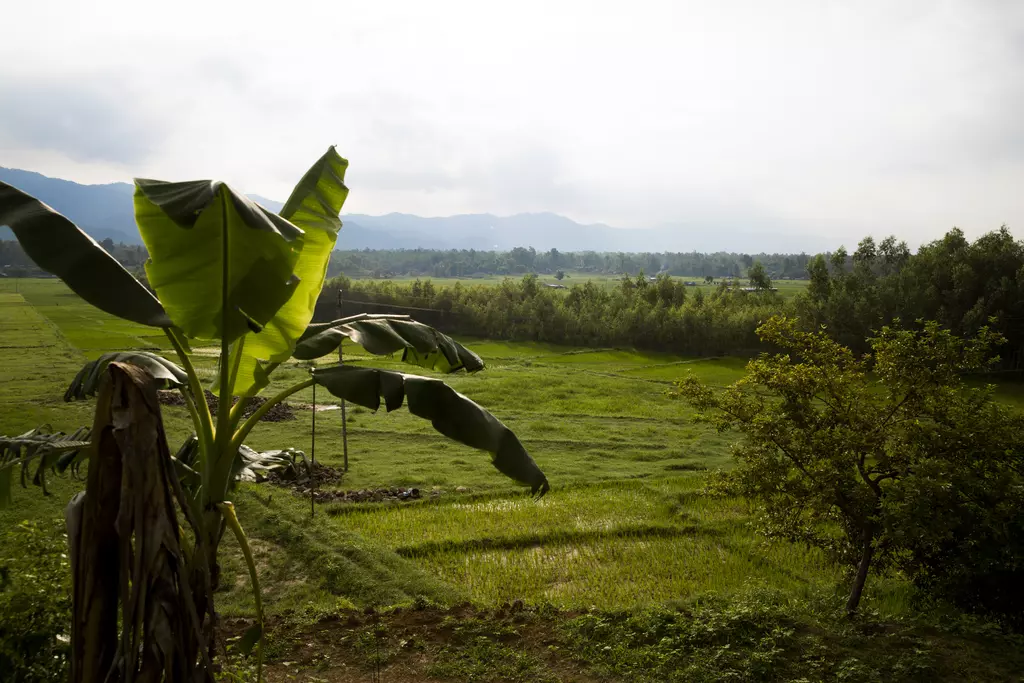

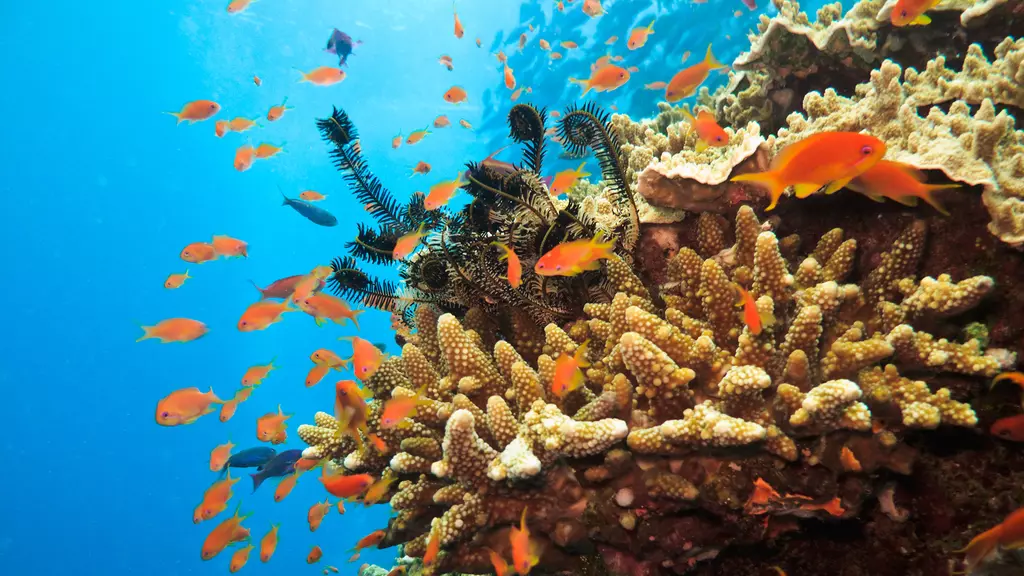
Leave a Reply